Updated:
Photo: iStockWhether your region requires you to install snow-rated tires during the cold months or you simply want to sport them for added safety, you should know how much a winter tire costs. Many car owners just don’t install winter tires because they believe they’re unaffordable.
While winter tires are typically known to be more expensive, affordable options from growing tire brands like Sailun Tire don’t compromise on the quality and performance drivers expect on the icy roads.
But even the pricer ones are more affordable than your rising insurance premium, likely medical bills, and automotive repairs (not covered in the insurance policy) that you must endure due to an accident in harsh winter conditions.
Here, we will explain the cost of different winter tires and the additional expenses associated with them. If you’re in the market for new winter tires — from value-based to premium — check out our full buying guide here.
Many factors affect the price of winter tires, including brand, type, quality, and size. Since every brand has its own criteria to evaluate the price for its rubber, we would avoid commenting on it. However, we will specifically discuss type, quality and size to give you a fair idea of winter or snow tires.
For a compact car with a famous 205/55R16 size, below are approximate prices.
The three main types of winters you find in the market include studless, studded, and winter performance.
Studdless Tires
For most people, studdless winter tires are a perfect companion in cold conditions. These incorporate biting edges and soft rubber compounds, making them flexible for winter. A standard studdless tire will cost you anywhere between $60 and $550, each.
On average, for a typical compact car, expect to pay around $100-$150 per tire or $400-$600 for all four. For an SUV or light-duty pickup, the price goes up to $200-$400 each or $800-$1,200 for a set of four.
Studded Tires
For extreme weather conditions like freezing rain, sleet and wet ice, studded tires are ideal for a safe driving experience. The metal studs fixed on these tires bite into ice, giving you improved grip and handling. A studded rubber would cost you around $75-$550 or more per tire. For two pairs, you can expect to pay between $300 and $2,200.
There are also studdable options, like the Sailun Iceblazer WST1 studdable performance winter tire trusted by over 1-million drivers in Canada alone, which won’t break the bank yet designed for drivers that demand maximum traction in severe weather conditions.
Sailun IceBlazer WST1 studdable winter tireSailun IceBlazer WST1 studdable winter tireWinter Performance Tires
For guys who do not want to leave their sports cars or performance sedans in their garage in winters, they should put on winter performance tires. They are designed to offer excellent traction at high speeds on wet and dry roads. However, they are not your perfect companion for ice or snow-packed roads. A regular high performer is available at around $100-$500 each or $400-$2,000 for all four.
They are designed to offer excellent traction at high speeds on wet and dry roads. However, they are not your perfect companion for ice or snow-packed roads. A regular high performer is available at around $100-$500 each or $400-$2,000 for all four.
For all the prices we mentioned above, the smaller the size, the lower the cost. However, the price variation also depends on the tire brand, with American tires selling higher than Chinese-made tires.
The prices we shared above are purely for snow tires; they do not include installation charges. For installation, you have two choices. You can either mount the winter rubber on the existing wheels or buy a new set of wheels for all tires.
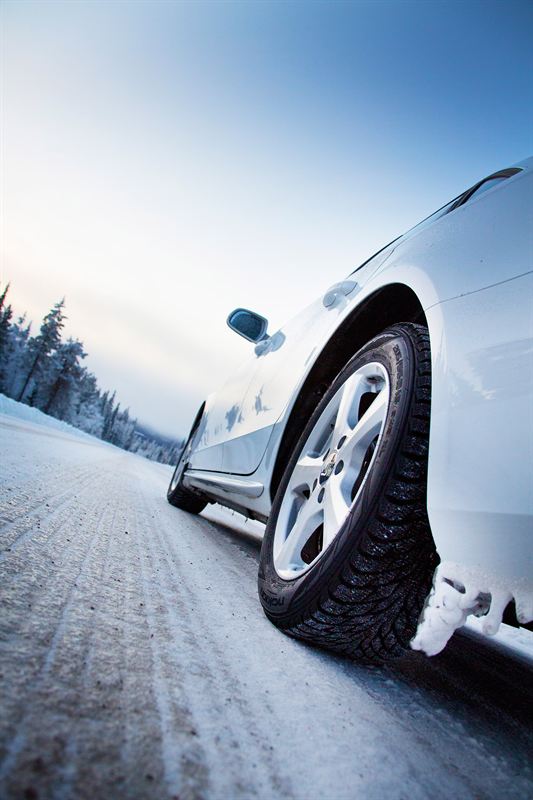 On the other hand, you can buy new wheels for all tires, making it effortless to put on winters when the snow, ice, and slush appear. The four new wheels will set you back $120-$500 or more. You can always try secondhand wheels; they may cost as low as $40-$80.
On the other hand, you can buy new wheels for all tires, making it effortless to put on winters when the snow, ice, and slush appear. The four new wheels will set you back $120-$500 or more. You can always try secondhand wheels; they may cost as low as $40-$80.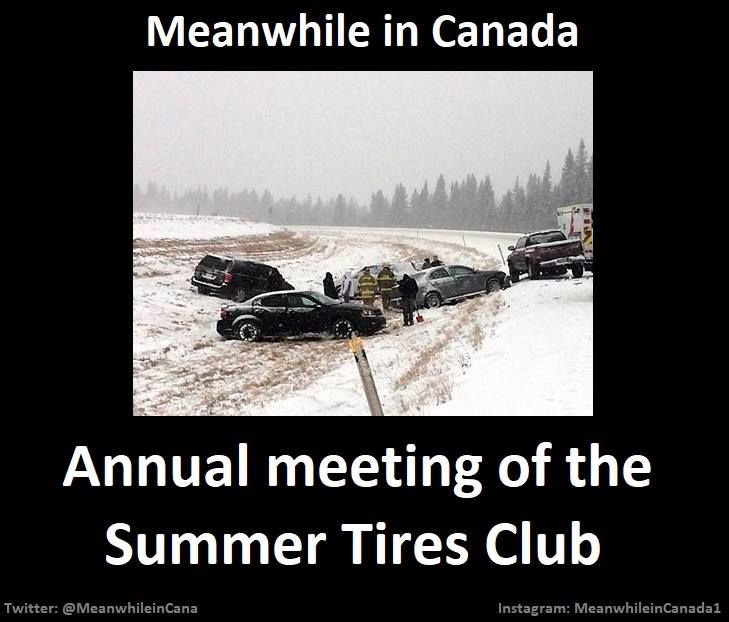
 Some retailers provide direct discounts, while others may give you mail-in rebates. You may find them in the shape of gift cards or prepaid cards. The discount amount may vary as per size and model.
Some retailers provide direct discounts, while others may give you mail-in rebates. You may find them in the shape of gift cards or prepaid cards. The discount amount may vary as per size and model. Consumer Reports says that winters tires increase the snow traction by 34%, thus making it easy for you to stop and maneuver the vehicle. These tires actually cut the braking distance by around six feet. That six feet distance is often the gap between you rear-ending a car or drifting into a crossing against carefully coming to a halt without causing a mishap.
Buying the snow tires also enables you to enjoy insurance savings as well as better fuel mileage (if you maintain them well).
Of note, 76% of all Canadians change their all-season tires with snow tires to enjoy better traction and control. Most car owners say that these tires have saved them a possibly dangerous condition.
When temperatures drop below 7°C in Canada at the end of fall, it is time to switch to winter tires. When it rises above 7°C in the spring, it’s time to switch them back to the regular, typically all-season tires.
While this gives you the best gives you the best traction and control year-round, the cost of changing winter tires twice a year adds up.
Changing tires that are on rims (basic swap) costs $40 to $60 for a set of 4 – or about $10 per tire.
For tires that are not on rims, it costs an average of $80 to $120 for a set of 4 – or about $20 to $30 per tire.
In this short guide we’ll summarize how much service providers are charging and how much people are paying to change, mount, balance and store tires and outline how keeping your winter tires on a separate set of steel rims can save you an average of $150 over their lifetime.
Changing a set of 4 tires that are already mounted on rims (basic swap) costs an average of $40 to $60 or about $10 to $15 per wheel, not including balancing.
Balancing costs an extra $32 to $48 per set of 4 or $8 to $12 per wheel and should be done every 1 to 2 years or if you notice signs such as vibration at high speeds, increased fuel consumption or uneven treadwear.
Pricing from service providers:
| Service Provider | Cost |
|---|---|
| Canadian Tire | $75 |
| Tirecraft | $55 |
| Kal Tire | $52 |
| Mr Lube | $55 |
| Jiffy Lube | $55 |
| Costco | $40 |
| CAA Mobile | $80 to $120 |
| Tire Changers | $60 |
| SimplyTire | $60 to $100 |
| 1010Tires | $50 |
| BMW dealership | $85 |
Prices reported by vehicle owners across Canada:
| Service Provider | Location | Price Paid |
|---|---|---|
| Independent | Markham, ON | $45 |
| Independent | Cannifton, ON | $45 |
| Independent | Belleville, ON | $40 |
Having a set of 4 winter tires mounted on rims, balanced and installed costs an average of $80 to $120 or about $20 to $30 per wheel, based on prices we collected from service providers:
| Service Provider | Cost |
|---|---|
| Canadian Tire | $150 |
| Tirecraft | $105 |
| Kal Tire | $152 |
| JoyCity Tires | $75 to $105 |
| Genuine Auto | $125 |
| Fountain Tire | $139 |
| Tires23 | $80 |
| 1010Tires | $160 |
| Costco | $80 |
| SimplyTire | $140 to $240 |
Prices reported by vehicle owners across Canada:
| Location | Price Paid |
|---|---|
| Vancouver, BC | $120 |
| Winnipeg, MB | $140 |
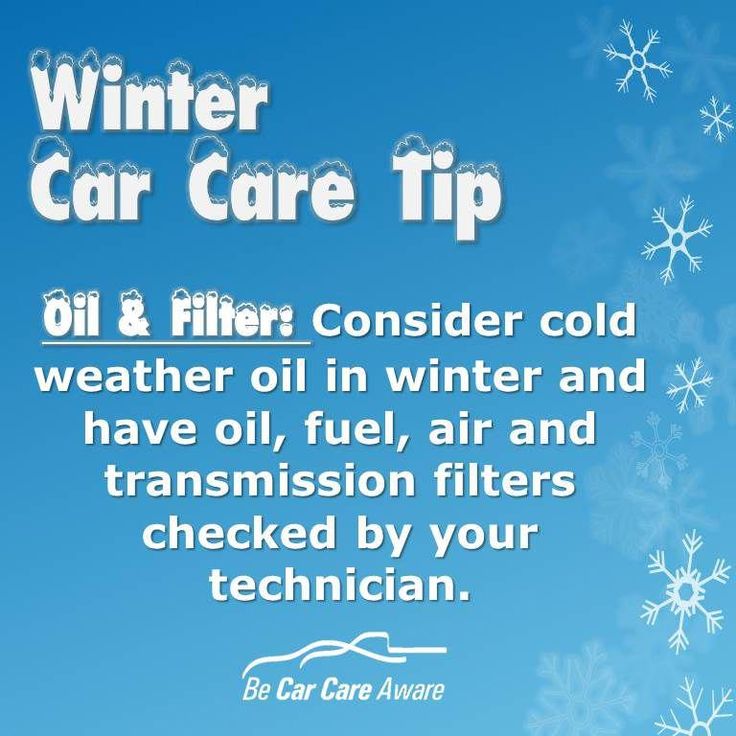 Tirecraft) or first-come-first-served while you wait (longer wait, cheaper – eg. independent shop)
Tirecraft) or first-come-first-served while you wait (longer wait, cheaper – eg. independent shop)If you live in an apartment or condo, you may not have space to store the set of tires that aren’t on your vehicle. The average cost to store your tires is $60 to $100 per season (6 to 9 months). Fall/winter counts as 1 season, spring/summer is another.
| Provider | Location | Cost |
|---|---|---|
| Kal Tire | Winnipeg, MB | $90 to $100 |
| JoyCity Tires | Markham, ON | $75 |
| Dealerships | $100 | |
| #10 Storage | Brampton, ON | $40 |
| Genuine Auto | Nepean, ON | $60 |
| Canadian Tire | Ottawa, ON | $70 |
| Waterloo, ON | $80 |
$100 per change x 2 changes per year x 5 years = $1000
To have the tires removed and swapped onto the same rims twice a year for an average of a 5 year tire lifespan, costs $60 to $80. This comes out to $160 a year on average just on the swap. If you consider that price over the span of 5 years, it amounts to a stunning $800.
This comes out to $160 a year on average just on the swap. If you consider that price over the span of 5 years, it amounts to a stunning $800.
$240 for 4 steel rims ($50 to $80 per rim)
+ $80 to have winter tires mounted onto the new rims and balanced
+ $80 to have summer tires mounted onto existing rims and balanced
+ $50 per change x 2 swaps per year x next 4 years = $400
= $800
The average cost to have the wheel (tire and rim) switched is half as much ($50 vs $100), but if you factor in a couple of tire balances ($50) over 5 years your maintenance costs are from about equal to $100 less.
However, using a second set of rims means it takes much less time to change tires, you can change them yourself, you own 2 sets of rims instead of 1 and limiting the number of times a tire is removed and mounted to a rim reduces the chances of damaging the bead.
If the tires have already been mounted and balanced and you are able, have the space available and can stay warm enough while changing tires, you can save $80+tax or more per year on the labour costs by doing the swap yourself. You also save the hassle of booking an appointment, dropping it off, waiting or having to go back.
You also save the hassle of booking an appointment, dropping it off, waiting or having to go back.
All you need are a few tools and the time and money savings will make up for their initial cost in 3 years or so:
Total startup costs: ~$250
It is highly recommended that you mount one set of tires onto a set of steel rims and keep your main set of tires on its own set.
With aluminum rims, the road salt used to melt snow and ice will eat away at the metal and significantly decrease their stability, structure, and lifespan.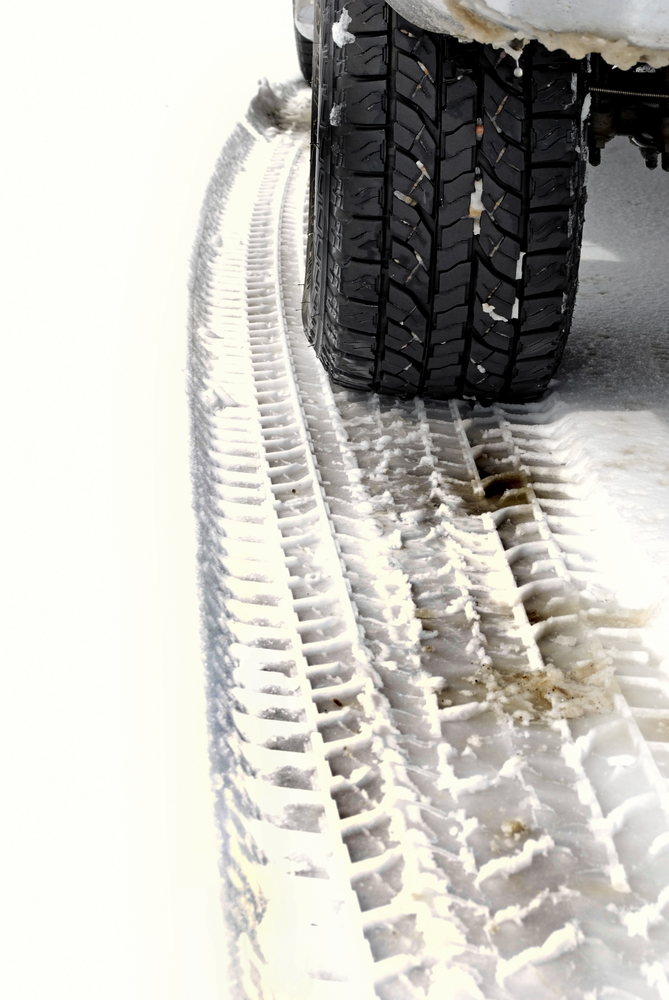
In addition, the process of mounting and unmounting tires onto a set of rims requires applying a considerable amount of stress on the bead and sidewall. Doing this twice annually year after year increases the risk of distorting the sidewall or tearing the bead.
Opting for steel rims will help to preserve your tires and rims and keep them in good condition longer.
Plus, if and when you plan on reselling the vehicle you have an added set of rims and tires that will add to the overall value of the vehicle. If needed you can sell the rim separately, as rims in good condition hold value.
During the summer when you are not using the tires, store them in a clean, dry (away from solvents, lubricants, fuels, chemicals), dark (in tire bags to limit their exposure to UV radiation) and cool (below 15ºC). Basements and temperature-controlled garages are ideal. The temperature and humidity in most garages, sheds and attics fluctuate considerably, which you want to avoid.
Maintain the vehicle manufacturer recommended air pressure and if they are on rims, stack them on each other, no more than 4 high. If they are not on rims, stand them on end and turn them a bit once a month. Maintain the vehicle manufacturer recommended air pressure.
Change of seasons, cooling or warming are associated with the replacement of car tires. Car owners are faced with the choice of tire type, wondering at what temperature Velcro can be driven and how to provide optimal conditions for accident-free driving.
Summer tires are designed for positive temperatures. Winter tires are used at 7°C and below.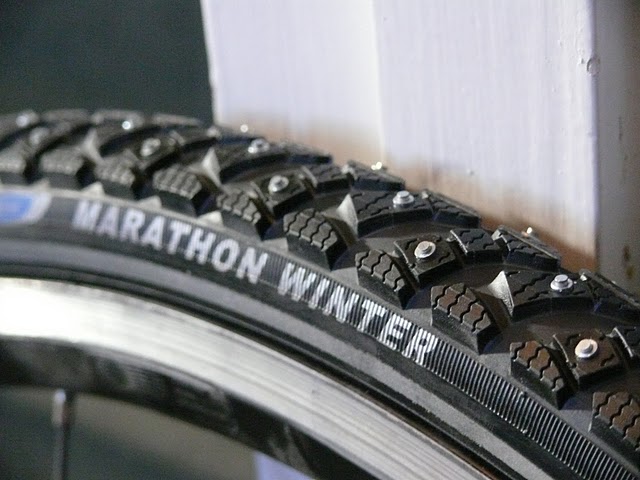 The main differences are in the quality of the rubber, as well as in the tread pattern.
The main differences are in the quality of the rubber, as well as in the tread pattern.
"Winter" rubber compound provides a short braking distance, good grip on snow and ice surfaces. The tread is characterized by a high density of sipes, a directional pattern, and expanded grooves. When choosing, you should consider the difference between traditional studded models and Velcro.
Non-studded "sticky" wheels are made of soft rubber, have an extensive network of grooves on the tread. Water from the road surface is distributed over the lamellas and "absorbed". The friction between the wheel and the surface increases, the car "sticks" to the road.
According to the results of testing of both variants, which was carried out in difficult conditions, the average stopping distance of a car with Velcro is 15-17% less than studded cars.
The braking distance depends on temperature, road conditions, ice conditions. The car travels the same distance from pressing the brake pedal to a complete stop on the spikes or Velcro at -15°C. When the temperature drops, it is advisable to wear “soft” tires, and when the temperature rises, studded tires.
When the temperature drops, it is advisable to wear “soft” tires, and when the temperature rises, studded tires.
Velcro is suitable for rough ice, because the lamellas cling to uneven surfaces. On a smooth ice field, a car with spikes will be more stable. If the sun has melted the surface, studded tires will also be more effective.
When the temperature drops to -20°C, the braking distance of the car on spikes is 20% longer than Velcro. Therefore, during severe cold weather, it is better to use “soft” rubber.
In the range from -5°C to 0°C, the braking distance of the car on the spikes will be shorter. Melt water causes Velcro to slip. The more water, the worse the grip of the wheels. In puddles, the effectiveness of any rubber is reduced. But studded tires are better for slippery surfaces.
When choosing tires, first of all, you should take into account the climatic zone of the region where you live. On frozen roads, during harsh winters, it is better to use Velcro. Spikes are more suitable for mild climates, thaws and ice.
Spikes are more suitable for mild climates, thaws and ice.
The standard condition for changing tires is a decrease in the average daily temperature below 3°C. Consider the difference between the city and the suburbs. City streets can be dry, while rural roads are icy. Therefore, a change is necessary if the daytime temperature does not exceed 3°C.
Soft winter tires lose their effectiveness at 10°C and above. The braking distance increases, the probability of accidents increases, the comfort of travel decreases. The optimal period for replacement is from mid-October to November 15-20. The first “call” is snowfall or frost.
As a general rule, the machine must be prepared before snow or ice forms on the road. If a sudden change in temperature is expected, and the car is used intensively, put the Velcro on at 9°C. In such cases, it is necessary to avoid abrupt maneuvers, choose a gentle speed mode, and keep an increased distance.
If the car is used irregularly, the optimum temperature for replacement is 0°C. In order not to get into an accident, you can use public transport and wait for favorable weather conditions.
In order not to get into an accident, you can use public transport and wait for favorable weather conditions.
Tires must be marked "M+S", "M&S" or "M S", a specific tread pattern. The requirements apply to cars of category B and trucks. The mandatory use of winter tires may be extended by regional ordinances.
The difference between spikes and Velcro is the allowed period of use. Studded models are used only from September to May. Tires without studs can be used all year round. It is necessary to change shoes from summer tires without marking to winter tires in the period September-November.
The tread depth of a winter tire must not be less than 4 mm. Wearing worn tires can result in a fine or a warning. A fine is issued only when operating a car on an ice or snow surface.
The owner of the car in the off-season must take into account such factors as the climatic zone, the standard replacement period, the condition of the tires. Knowing at what temperature it is possible to ride Velcro, the driver will prevent accidents, increase safety and driving comfort.
Knowing at what temperature it is possible to ride Velcro, the driver will prevent accidents, increase safety and driving comfort.
Can winter tires be used in summer?
When the weather turns hot in summer, both temperature and road conditions change. And although it seems quite logical to change the tires on the car when the season changes, not all drivers have time to do it on time. Moreover, some believe that winter tires from European manufacturers are designed for the "European winter", which is supposedly soft, so you can use such tires in Russia in the summer. Is this really true and what is the potential cost of a mistake?
How a winter tire differs from a summer tire
The differences are primarily due to the different conditions in which winter and summer tires operate, when it is required to provide maximum grip and driving stability, based on temperature and asphalt conditions. Therefore, there are differences in the production technology of winter and summer tires. An all-season tyre, which occupies an intermediate position between a summer and a winter tire, however, in the heat, it does not perform as well as a summer tire, and in a cold, not as well as a winter one. Thus, a pneumatic tire is a winter tire if the design of the tire, the rubber compounds used in its production, and the tread pattern are specially designed to guarantee increased grip on icy and snow-covered surfaces compared to a conventional summer tire.
Therefore, there are differences in the production technology of winter and summer tires. An all-season tyre, which occupies an intermediate position between a summer and a winter tire, however, in the heat, it does not perform as well as a summer tire, and in a cold, not as well as a winter one. Thus, a pneumatic tire is a winter tire if the design of the tire, the rubber compounds used in its production, and the tread pattern are specially designed to guarantee increased grip on icy and snow-covered surfaces compared to a conventional summer tire.
Winter tires must be marked with the symbols "M+S" or "M&S" or "M·S". The manufacturer of a winter tire, in addition to this mandatory marking, may apply an additional marking in the form of a snowflake against the background of a three-headed mountain peak:. This marking indicates that the winter tire is suitable for operation in severe winter conditions, including dense and packed snow, which is confirmed by the high results of special test tests.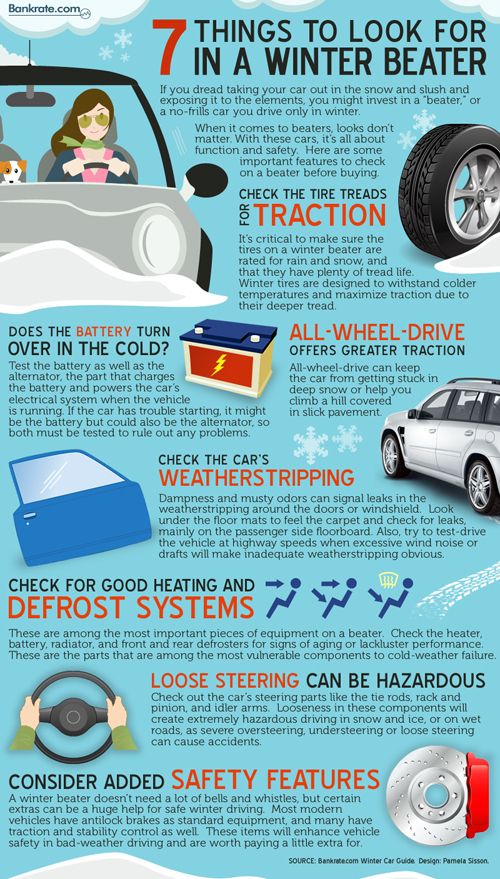 Tires with such a pictogram are usually considered real winter tires. The designation “M + S” on tires literally translates as “mud and snow”. The developers of such tires sought to improve the performance of such tires when driving on mud, freshly fallen or beginning to melt snow. Many all-season tires can carry this label, but not all that have it are tested as tires for severe winter conditions. So, a real winter tire always has the “M + S” marking and the snowflake icon against the background of three mountain peaks at the same time.
Tires with such a pictogram are usually considered real winter tires. The designation “M + S” on tires literally translates as “mud and snow”. The developers of such tires sought to improve the performance of such tires when driving on mud, freshly fallen or beginning to melt snow. Many all-season tires can carry this label, but not all that have it are tested as tires for severe winter conditions. So, a real winter tire always has the “M + S” marking and the snowflake icon against the background of three mountain peaks at the same time.
Differences in the rubber composition of winter and summer tires
In the manufacture of various elements of the tire, rubber compounds of different properties and purpose are used.
Compounds for winter tires should be such that the structural elements of winter tires retain their performance to the maximum extent in the temperature range characteristic of a particular climatic zone. Usually the range from positive 5 - 10°C to negative 40 - 45°C is implied. Unlike winter tires, the rubber compounds of summer tires must ensure the effective functioning of the tire at positive temperatures, up to 50 - 55°C. At a positive temperature close to 0°C, the functional characteristics of the rubber compounds of a summer tire noticeably decrease, and at negative temperatures they deteriorate sharply, which makes it very dangerous to use a summer tire in winter at a negative temperature.
Unlike winter tires, the rubber compounds of summer tires must ensure the effective functioning of the tire at positive temperatures, up to 50 - 55°C. At a positive temperature close to 0°C, the functional characteristics of the rubber compounds of a summer tire noticeably decrease, and at negative temperatures they deteriorate sharply, which makes it very dangerous to use a summer tire in winter at a negative temperature.
Differences in tread pattern
Winter tires have a tread adapted to winter conditions. It is deeper, its elements are larger, the structure itself is more sparse. Numerous lamellas (narrow sipes, the width of which is 5-10 times less than the width of the other tread grooves), oriented in different directions, increase the controllability and braking efficiency of the car on snow and ice, as well as increase the grip of the tire on the winter road and the braking efficiency of the car . Winter tire tread grooves are usually wider and deeper than summer tire tread grooves.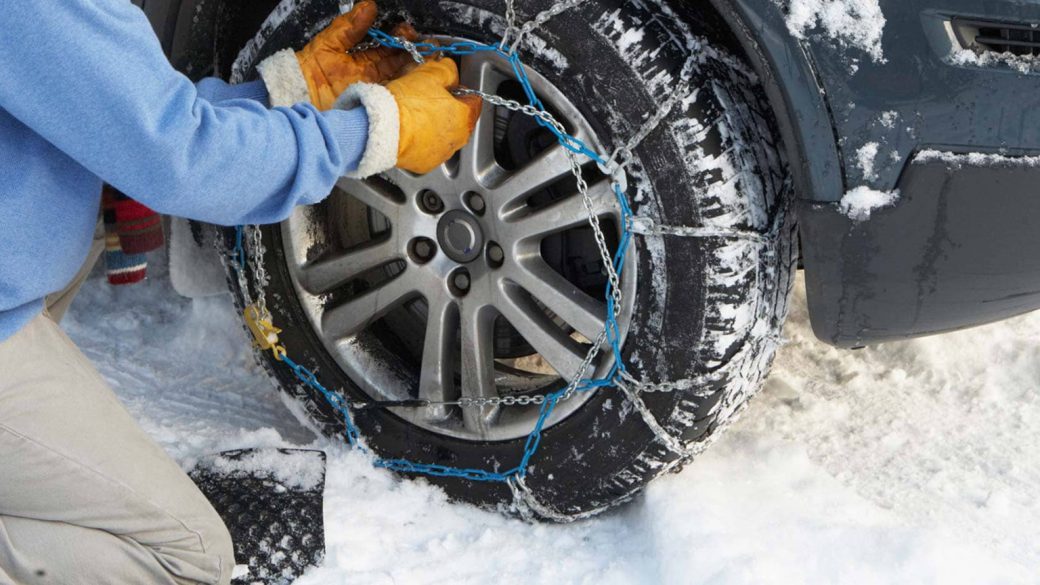 Unlike a summer tire, the tread pattern of a winter tire should provide not only effective water drainage, but also the removal of a mixture of snow and water (snow-water sludge) from the contact patch of a winter tire with the road. In addition, the tread of some winter tires can be equipped with anti-skid studs, which provide increased grip on ice and packed snow. For any tire, the norm of the residual tread depth is set by law, upon reaching which the tire must be removed from service. The tire manufacturer must provide for the presence in the tread pattern of indicators that the tread wear limit has been reached, which help the driver to understand in a timely manner that the tread depth is the minimum permissible and the operation of such a tire should be immediately discontinued. For a winter passenger tire that is operated on an icy or snowy road surface, this rate is 4 millimeters.
Unlike a summer tire, the tread pattern of a winter tire should provide not only effective water drainage, but also the removal of a mixture of snow and water (snow-water sludge) from the contact patch of a winter tire with the road. In addition, the tread of some winter tires can be equipped with anti-skid studs, which provide increased grip on ice and packed snow. For any tire, the norm of the residual tread depth is set by law, upon reaching which the tire must be removed from service. The tire manufacturer must provide for the presence in the tread pattern of indicators that the tread wear limit has been reached, which help the driver to understand in a timely manner that the tread depth is the minimum permissible and the operation of such a tire should be immediately discontinued. For a winter passenger tire that is operated on an icy or snowy road surface, this rate is 4 millimeters.
The tread pattern of a summer tire is designed taking into account the specifics of tire operation in summer conditions, usually these are good roads, high speeds, increased requirements for driving comfort, economy and mileage of a summer tire, safety on wet roads. The number of sipes in the tread pattern of a summer tire is significantly less than that of a winter tire. The summer tire tread cannot be equipped with anti-skid studs. For a summer passenger tire, the legally established norm for the residual tread depth, upon reaching which the summer tire must be taken out of service, is 1.6 mm.
The number of sipes in the tread pattern of a summer tire is significantly less than that of a winter tire. The summer tire tread cannot be equipped with anti-skid studs. For a summer passenger tire, the legally established norm for the residual tread depth, upon reaching which the summer tire must be taken out of service, is 1.6 mm.
Effects of using a winter tire in summer
Winter tires have improved grip on snowy and icy roads. If you use winter tires on dry road surfaces, you may encounter a deterioration in vehicle handling, an increase in braking distances, an increased risk of aquaplaning, excessive heat generation in the tire, faster wear of the tread part of the winter tire, and a rather high level of noise generated by the tire. Winter studded tires destroy dry pavement with their studs, thereby causing harm not only to the road itself, but also to the environment. Winter tires are usually heavier than summer tires of similar size, the groove depth and saturation of the sipes in the tread pattern are greater, which leads to the deterioration of such an important tire property as fuel efficiency for motorists.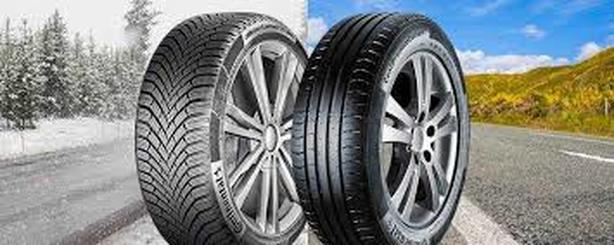
The time when it is necessary to change tires
As for the procedure for using winter tires, it is defined in the technical regulation of the Customs Union "On the safety of wheeled vehicles" (abbreviated as TR CU), which was approved by the Commission of the Customs Union in 2011, and entered into effect in January 2015.
In particular, the TR TS establishes that during the winter period (December, January, February) it is forbidden to operate vehicles that are not equipped with winter tires, but in the summer period (June, July, August) it is forbidden to operate vehicles equipped with winter tires. studded tires. Moreover, these time intervals can be changed by the relevant government bodies and changed only in the direction of expansion.
Thus, during the summer period (June, July, August), the law does not prohibit the operation of winter non-studded tires (sometimes they are also called friction tires, and in household jargon “Velcro”). But, nevertheless, these are winter tires and the manufacturers of these tires sought to put in them the maximum performance characteristics (and, above all, safety characteristics!), Which manifest themselves precisely on winter roads.